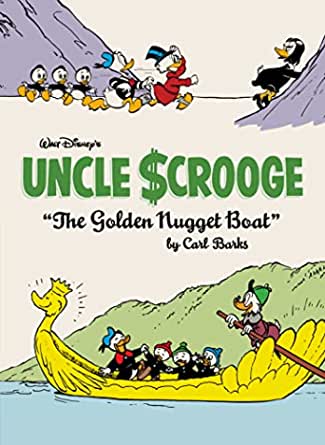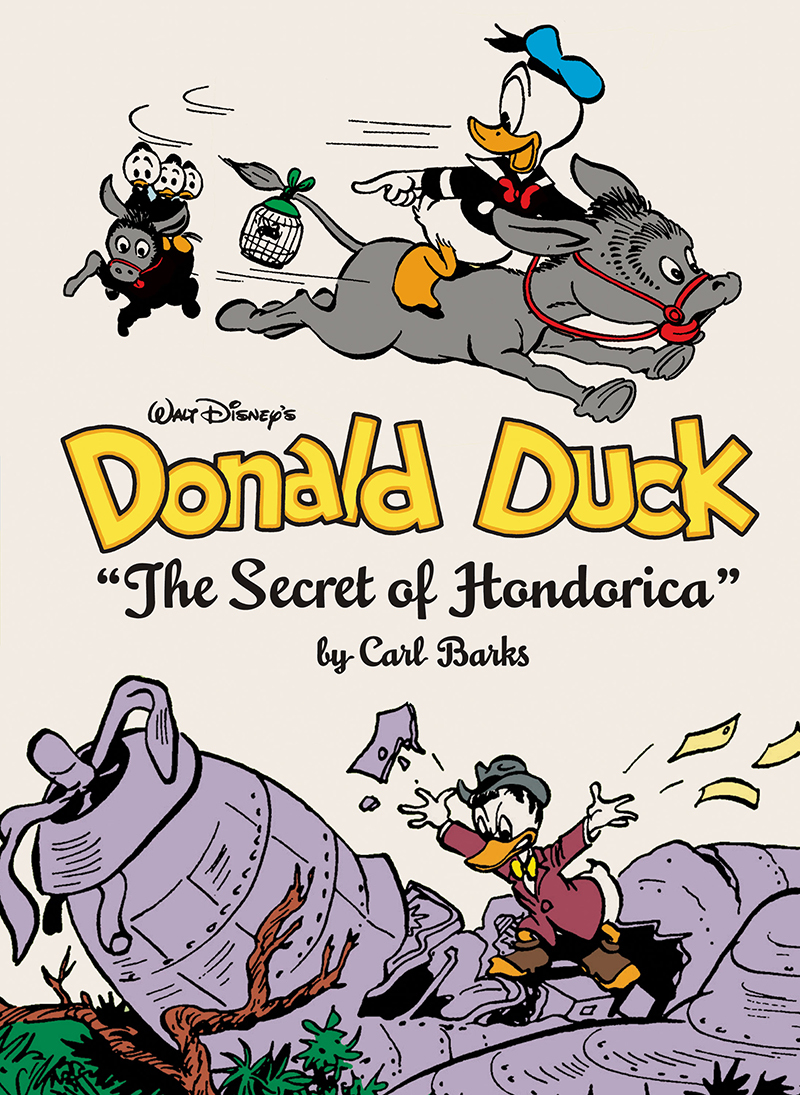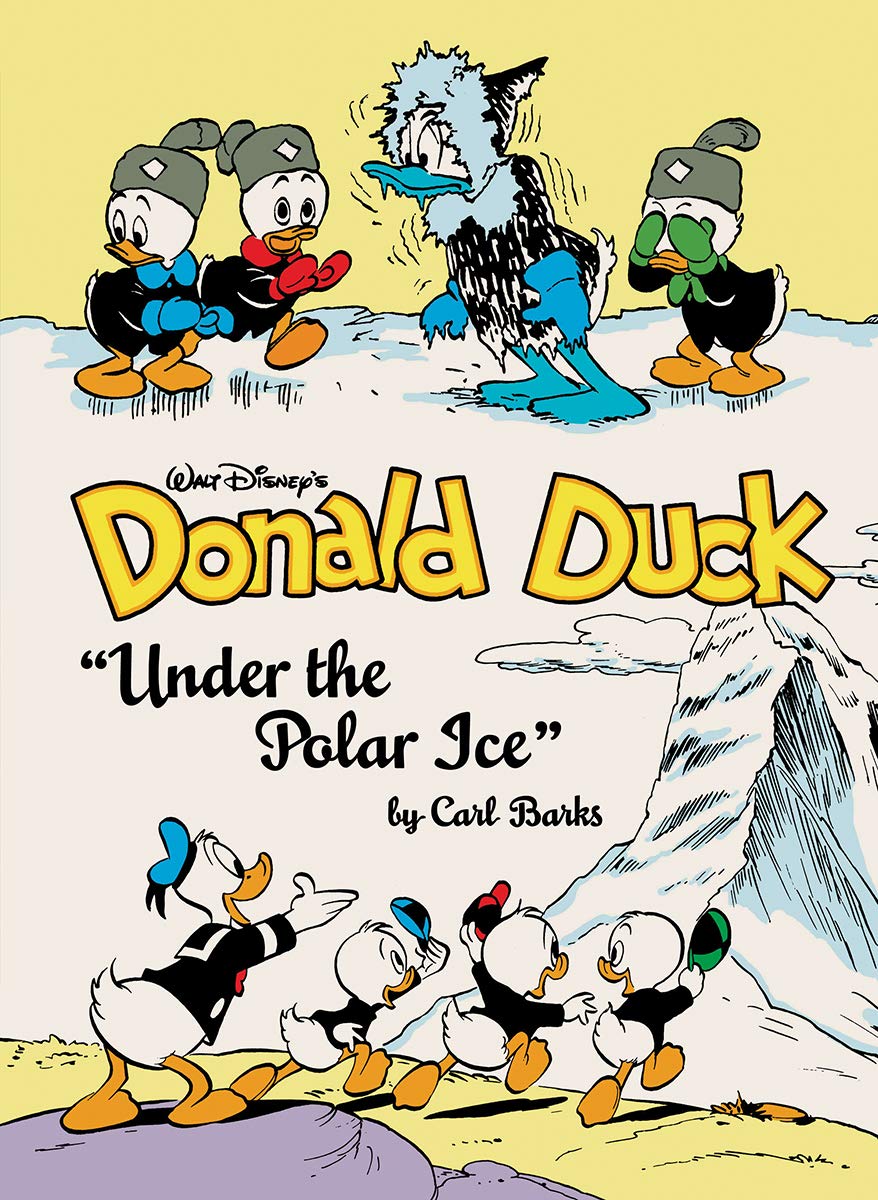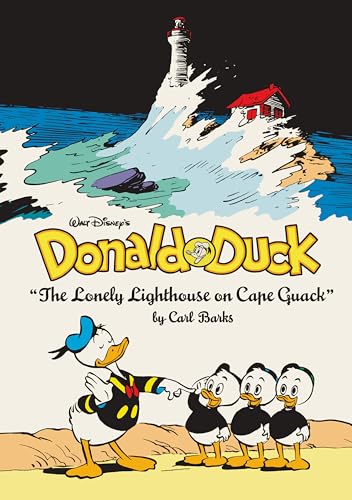
Part of Series
Uncle Scrooge laughed when the mystery woman offered him one dollar for one of his dimes. But she might just have the last laugh because the dime he accidentally sold her was his lucky Number One Dime—the first dime he ever earned! — and now she’s about to melt it down for one of her mysterious spells! Then Uncle Scrooge gets wind of a big gold-prospecting contest in Alaska, and he ropes Donald and the boys into helping him prove he’s just as good a prospector now as he was back when he made his fortune. But the infuriatingly lucky Gladstone Gander decides he’s going to enter, too—and Gladstone never loses! And when a mysterious new planet suddenly appears in the sky on a collision course with Earth, Scrooge, Donald, and the boys are whisked there—only to discover it’s filled with gold and inhabited by the ancient Norse gods! But to prevent the imminent collision, Scrooge must find a way to turn all that gold into iron—or both planets will be destroyed! Plus: the oddball inventions of the ever-eccentric Gyro Gearloose! Carl Barks delivers another wildly imaginative collection of outrageous adventures, laugh-out-loud comedy, and all-around comic book brilliance. Each page is meticulously restored and newly colored, with insightful story notes by an international panel of Barks experts.
Author

Carl Barks (March 27, 1901 – August 25, 2000) was an American Disney Studio illustrator and comic book creator, who invented Duckburg and many of its inhabitants, such as Scrooge McDuck (1947), Gladstone Gander (1948), the Beagle Boys (1951), The Junior Woodchucks (1951), Gyro Gearloose (1952), Cornelius Coot (1952), Flintheart Glomgold (1956), John D. Rockerduck (1961) and Magica De Spell (1961). The quality of his scripts and drawings earned him the nicknames "The Duck Man" and "The Good Duck Artist". People who work for Disney generally do so in relative anonymity; the stories only carry Walt Disney's name and (sometimes) a short identification number. Prior to 1960, the creator of these stories remained a mystery to his readers. However, many readers recognized Barks' work and drawing style, and began to call him the Good Duck Artist, a label which stuck even after his true identity was discovered by John and Bill Spicer in 1959. After Barks received a 1960 visit from Bill and John Spicer and Ron Leonard, he was no longer anonymous, as his name soon became known to his readers. Writer-artist Will Eisner called him "the Hans Christian Andersen of comic books." In 1987, Barks was one of the three inaugural inductees of the Will Eisner Comic Book Hall of Fame. (From wikipedia)


